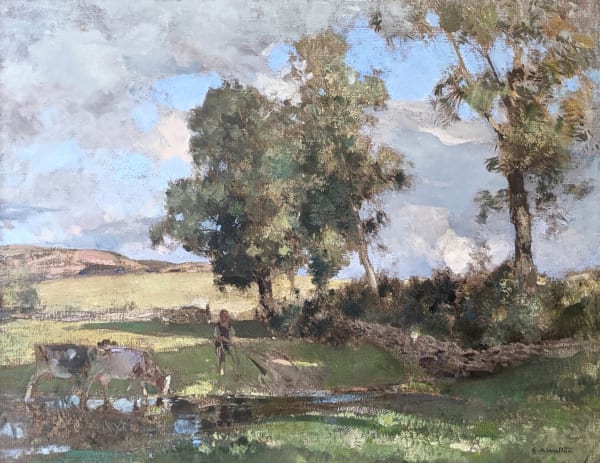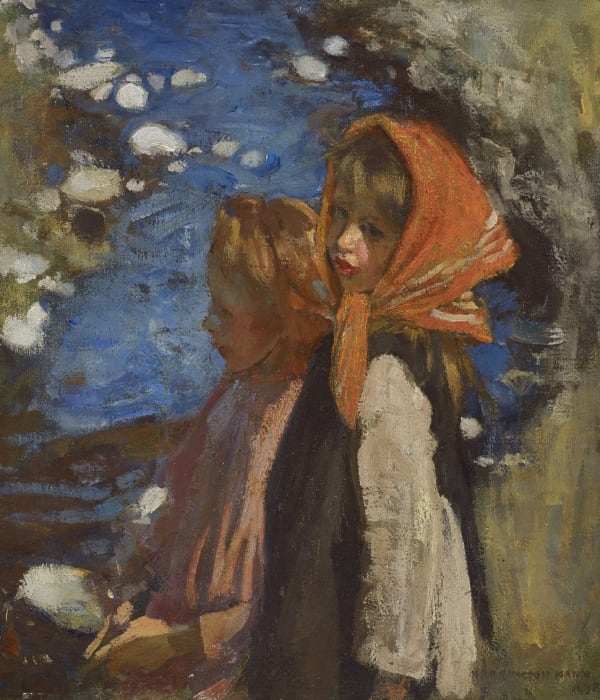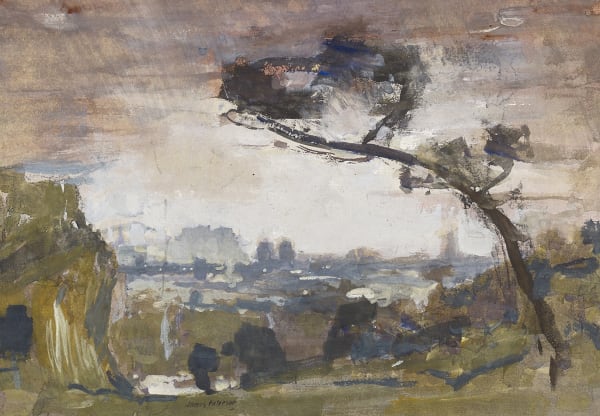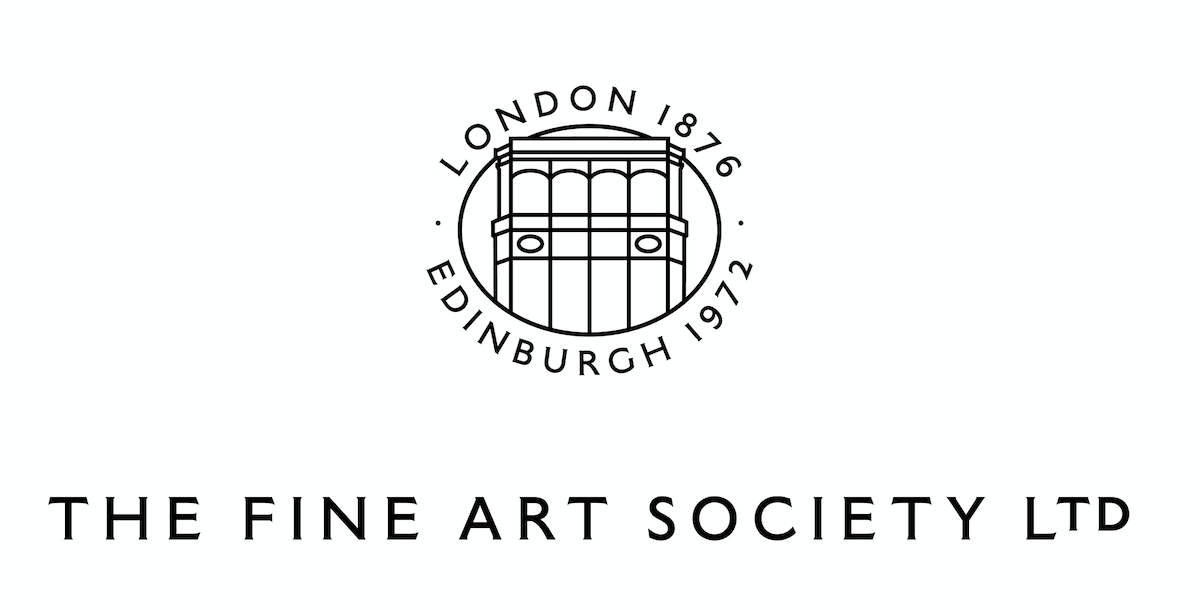KIRKCUDBRIGHT: AN ARTISTS' COLONY
-
-
 Thomas Faed ARSA RA (1826-1900), From dawn to sunset, first thoughts, watercolour, 3 1/2 x 5 3/4 inches
Thomas Faed ARSA RA (1826-1900), From dawn to sunset, first thoughts, watercolour, 3 1/2 x 5 3/4 inches -
 John Rankine Barclay (1884-1962), Kirkcudbright, 1919, oil on panel, 9 x 12 inches
John Rankine Barclay (1884-1962), Kirkcudbright, 1919, oil on panel, 9 x 12 inches -
 George Henry RA RSA RSW (1858-1943), A Galloway Landscape, 1889, Kelvingrove Art Gallery and Museum, presented by the Trustees of Sir Thomas Dunlop, 1940
George Henry RA RSA RSW (1858-1943), A Galloway Landscape, 1889, Kelvingrove Art Gallery and Museum, presented by the Trustees of Sir Thomas Dunlop, 1940 -
-
During the decade and a half that Kirkcudbright became what was called the 'Glasgow School in the Country', most of the Glasgow Boys came to the south west to paint. This would probably not have been the case if Hornel, who was one of the most important and artistically adventurous of their number, had not made Kirkcudbright his home. George Henry would return to Glasgow full of enthusiasm for the place and everyone could see, from the paintings that he and Hornel exhibited at home and abroad to such acclaim, what an intensely inspirational place it must be. Hornel, more convivial and not the curmudgeon that he was later to become, was responsible for both the coterie of artists who made Kirkcudbright their home – W. S. MacGeorge, William Mouncey, T. B. Blacklock and William Hanna Clark amongst them - and the major artists who visited such as George Henry, James Guthrie, David Gauld and W. Y. McGregor. He was a charismatic and avant-garde figure and acted as a magnet to Kirkcudbright.
The catalyst, however, for the arrival of artists in the Stewartry, was the phenomenon of the Faed family of Barlae Mill near Gatehouse of Fleet.
Reference: 'Kirkcudbright: 100 years of an artists' colony', ed. Patrick Bourne, Atelier Books, 2000
-
CLICK HERE TO SIGN UP TO RECEIVE THE FINE ART SOCIETY'S JOURNAL










